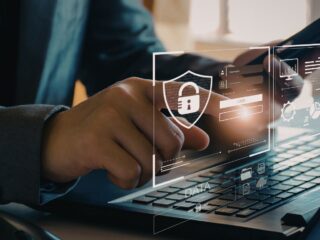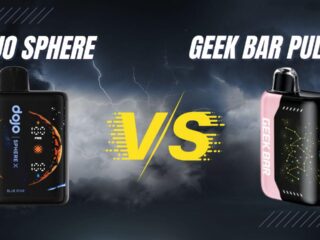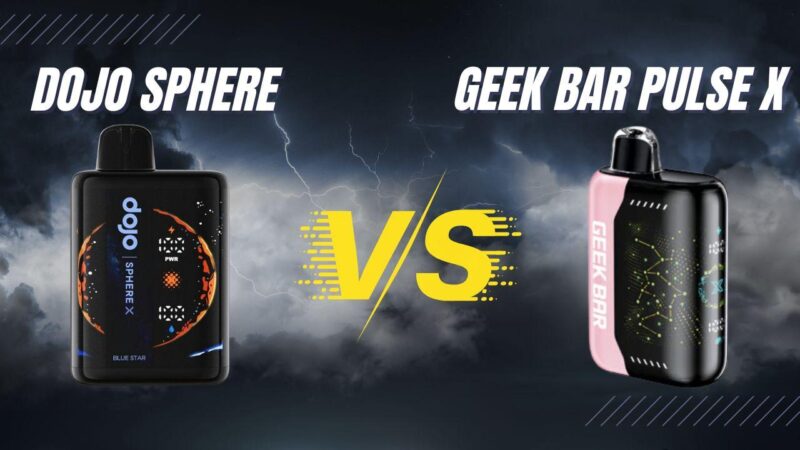
Crisis in Numbers-Why Ransomware Keeps Climbing
Cyber-extortion has become a growth industry. Global incident-response firms report that median ransom demands doubled between 2022 and 2023, while average downtime per event now exceeds 21 days for mid-size enterprises. Better tooling is one reason: professional “access brokers” sell footholds to ransomware crews, and the same gangs operate public leak sites that shame victims into paying. At the same time, geopolitical tensions have pushed state-aligned groups to target critical infrastructure-hospitals, pipelines, municipal water plants-knowing that public-safety concerns accelerate negotiations. Market researchers estimate that direct and indirect losses from ransomware attacks and their consequences topped $30 billion worldwide last year, dwarfing the value of the ransoms alone.
Behind the headlines, attackers are perfecting “double-extortion” playbooks. First, they quietly exfiltrate gigabytes of data to offshore bulletproof hosting. Only then do they launch the file-encryption routine that locks production servers and desktops alike. Victims face a stark choice: restore systems from backup and still risk a regulatory nightmare when the stolen data is released, or pay twice-for a decryptor and a promise not to leak. Healthcare, education, and utilities are hit hardest because downtime translates directly to patient safety, student learning, or public services.
Anatomy of a Modern Ransomware Operation
During reconnaissance and access, attackers sweep Shodan, Censys, and other search engines for unpatched VPN appliances or forgotten RDP endpoints. Phishing remains a close second: well-crafted invoices or HR forms redirect users to malware-dropping sites. Once inside, threat actors pivot to privilege escalation-abusing misconfigured Active Directory permissions or token impersonation to become domain admin within hours.
Understanding how ransomware works and ways to prevent ransomware attacks is critical at this stage, as attackers continue to refine their methods. In the lateral movement phase, built-in tools such as PowerShell, WMI, or PsExec copy payloads to file servers and hypervisors while evading most legacy antivirus agents. Data theft happens next: compressed archives move out through TOR relays or public file-sharing services like Mega. Only after exfiltration do attackers trigger encryption, deleting Volume Shadow Copies and disabling Windows Recovery to prevent easy rollback. A ransom note-often customized with the victim’s name, stolen sample files, and a countdown clock-appears on desktops and server consoles.
Incident-response telemetry suggests that the entire timeline, from initial spear-phish click to ransom note, now averages three to five days in well-defended networks-and under 24 hours in organizations lacking MFA or patch discipline.
Prevention Pillars-Hardening Before the Storm
Identity Defense
Multi-factor authentication that resists phishing (FIDO2 keys, number-matching push prompts) is mandatory for e-mail, VPN, and RDP. Combine it with short-lived admin credentials and quarterly password rotations to reduce token reuse.
Patch Velocity
A 72-hour service-level objective for critical CVEs on Internet-facing assets is achievable with automated vulnerability scanning and mobile-device-management (MDM) or SCCM push tools.
Network Segmentation
Flat networks turn single infections into company-wide outages. Separate workstation, server, and backup zones; disable SMBv1; and restrict RDP, SSH, and database ports to known jump hosts.
Backup Resilience
Follow the 3-2-1 rule (three copies, two media, one offline). Use immutable object-lock storage such as AWS S3 with compliance mode, and run restore drills against recovery-time-objective (RTO) goals every quarter.
User & Executive Training
Short monthly phishing drills with immediate feedback outperform annual lectures. Executive table-top exercises should cover board-level dilemmas-legal exposure, public relations, and potential ransom payment.
Authoritative resources such as the U.S. Cybersecurity and Infrastructure Security Agency provide free hardening checklists and simulation tools.
Continuous Detection-Spotting Trouble Early
Modern Endpoint Detection & Response (EDR) agents monitor for bursts of file renames-a hallmark of encryption-and can isolate a host in seconds. DNS-layer security blocks known command-and-control domains, while NetFlow or Zeek sensors flag unusual data-transfer spikes. Cloud Access Security Broker (CASB) rules catch users exporting hundreds of OneDrive or Google Workspace documents outside normal hours.
The National Institute of Standards and Technology recommends aggregating this telemetry into a single SIEM or XDR platform to shorten mean-time-to-detect (MTTD) below 30 minutes (see NIST SP 800-61 rev. 2).
Automated First-Hour Response Playbooks
- Mass Encryption Alert – The EDR agent cuts network access, kills the offending process, and invalidates Kerberos tickets. IR staff confirm scope and begin forensic imaging.
- Ransom Note Created – A SOAR workflow snapshots affected virtual machines, blocks the external IP list in next-gen firewalls, and pages the on-call incident commander.
- Suspicious Data Egress – API keys are revoked, and outbound bandwidth to object-storage services is throttled. The SOC reviews proxy logs to assess potential leakage.
Fast containment limits damage; the Federal Bureau of Investigation (FBI) urges organizations to pre-script these automations and practice them in cyber-ranges (see IC3 annual report).
Decision Matrix-To Pay or Not to Pay
Paying is never guaranteed to work. Studies show roughly 20 percent of victims who pay never receive a functioning decryptor, and another 10 percent face secondary extortion weeks later. Sanctions risk is real: paying a group on the U.S. OFAC list can trigger heavy fines. Cyber-insurance may cover negotiators and ransom payments but only if MFA, patch, and backup controls were in place before the incident. Evaluate decryption probability (some strains break under free community tools), rebuild cost, legal exposure, and customer confidence before proceeding.
Post-Incident Recovery & Hardening
After restoring from clean backups, patch every exploited vulnerability, force password resets for all privileged accounts, and deploy MFA where missing. Conduct a blameless post-mortem: how long did the attacker dwell, where did detection fail, what controls were absent? Feed lessons into updated SIEM correlation rules and new SOAR playbooks. A 30-day sprint should close the most glaring gaps-especially MFA coverage and backlog CVEs.
Future Threat Horizon (2024-2027)
Attackers are experimenting with generative-AI-driven phishing that clones executive voices to trick finance departments. Underground forums now advertise “insider-as-a-service”: employees selling VPN creds for a cut of ransom proceeds. Post-quantum cryptography looms on the horizon; adversaries may harvest encrypted backups today to decrypt later when algorithms break. Staying ahead means monitoring emerging standards from bodies like ENISA and the upcoming NIST post-quantum competition winners.
Action Checklist-Start Today
- Validate MFA on every admin account.
- Run an end-to-end backup-restore test this week.
- Patch or retire unsupported VPN/RDP gateways.
- Schedule a board-level tabletop exercise next quarter.
- Enable real-time EDR isolation across all endpoints.
Conclusion-From Reactive to Resilient
Ransomware will remain the Internet’s fastest-growing profit machine until defenders raise the economic bar. Organizations that patch within days, enforce phishing-resistant MFA, keep immutable backups, and rehearse response procedures turn catastrophic ransom events into recoverable outages. Confronting the threat with consistent hygiene, automated playbooks, and measured metrics transforms ransomware from an existential crisis into a manageable-if still serious-operational risk. The choice is stark: invest in resilience now or pay exponentially more when-not if-attackers strike next.
Frequently Asked Questions
Q1: How often should we test our backup-restore process to remain ransomware-ready?
Aim for monthly automated restores of a representative data set and a quarterly full-system recovery drill that includes Active Directory, critical databases, and cloud workloads.
Q2: Does cyber-insurance guarantee that ransom payments will be reimbursed?
No. Policies usually mandate proof of MFA, patching cadence, and immutable backups; non-compliance can void coverage. Insurers may also refuse payment if the threat actor is sanctioned.
Q3: Are small businesses really targets, or do criminals focus on large enterprises?
Small and mid-size firms comprise more than half of the reported incidents. Automated exploit kits scan IP ranges indiscriminately, and smaller IT teams often lack 24 × 7 monitoring, making them “easy wins” for attackers.














